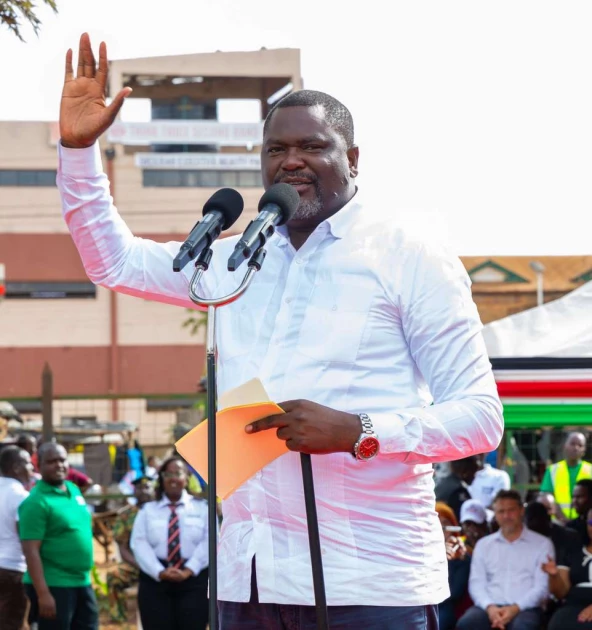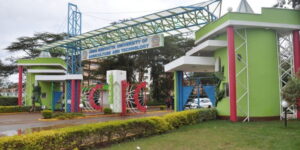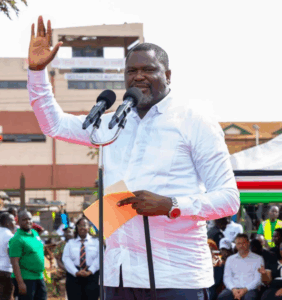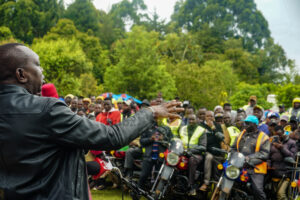CS Ruku Calls for Personal Responsibility to Curb Road Carnage
The CS disclosed horrific statistics, citing that in 2024 alone, 4,748 lives were lost in road crashes, translating to 13 deaths daily.

They are also leading another initiative to train Kenyans in first aid, targeting a minimum of one certified responder for each village. Photo/courtesy
By Ruth Sang
Public Service Cabinet Secretary Geoffrey Ruku urged Kenyans to take more personal responsibility on the road, adding that this was part of the initiatives towards reducing the high number of accidents recorded each year.
Speaking in Emali, Makueni County, during the launch of the Highway Emergency Response Programme along the busy Mombasa Road, Ruku condemned the growing culture of carelessness among motorists, passengers and pedestrians, noting that such behaviour continues to claim thousands of innocent lives.
The initiative, in partnership with St. John Ambulance, aims at ensuring timely and well-delivered responses to road emergencies along the country’s highways. The CS disclosed horrific statistics, citing that in 2024 alone, 4,748 lives were lost in road crashes, translating to 13 deaths daily. He termed it a “national tragedy” that requires both government intervention and personal responsibility.
Ruku said the ministry, in collaboration with other service providers involved in handling emergencies, was working towards building the trauma and emergency systems in order to ensure that accident victims are serviced on time. “We also collaborate with key emergency service providers to enhance preparedness and improve our response mechanisms along key transport corridors,” he said.
To reinforce these efforts, the government has set aside KSh 350 million for the construction of a modern emergency hospital in Emali, which would serve as an important rescue and treatment hub for victims of road accidents along the Mombasa–Nairobi Highway.
“I appeal to every driver, passenger, pedestrian, and bodaboda rider to take personal responsibility for their safety and that of others. Let us shun overspeeding, overloading, and reckless behavior that puts lives at risk. Road safety starts with each one of us,” he underscored.
Makueni Deputy Governor Lucy Mulili hailed the initiative by the national government, urging that the accident-prone sections of Mombasa Road be redesigned to make the road safer. She added that the road has remained among the most dangerous roads in the country due to heavy traffic coupled with reckless driving, adding that “once it’s fully dualled and properly partitioned, fatalities are expected to drop significantly.”
Authorities from St. John Ambulance were praising the cooperation, which they said would significantly boost the country’s emergency-handling capability. They are also leading another initiative to train Kenyans in first aid, targeting a minimum of one certified responder for each village.
According to the agency, 14 trauma and emergency centres have already been established between Mombasa and the Malaba border, equipped with ambulances, medical specialists, and rapid response teams. Another aspect of the program is to train ordinary Kenyans in basic life-saving first aid skills, before professional medics arrive, through motorbike riders, traffic police, and community representatives. During the launch, CS Ruku watched life-saving demonstrations by St. John Ambulance teams during emergencies. The Highway Emergency Response Program is among the many initiatives set by the government to enhance a safety culture, awareness, and compassion on Kenyan roads—and this is believed will go a long way in ensuring a reduction of the alarming fatalities recorded in the country.





